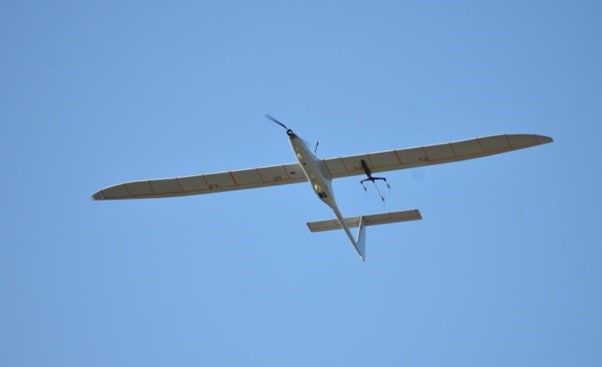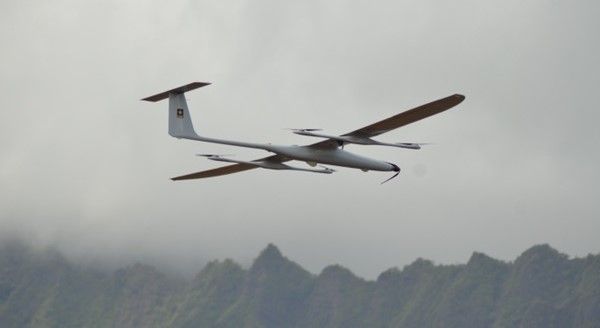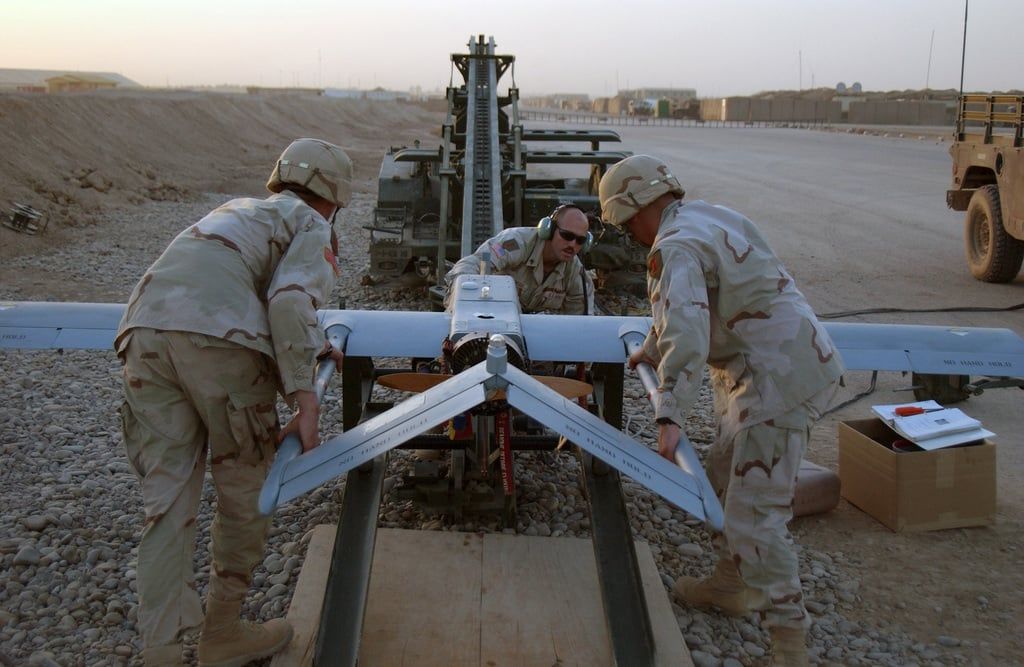US Military Puts Faith in Solar-Powered Surveillance Drones
Investment shows that small and solar-powered may be the best for endurance drone design.

The military drone manufacturing sector made a further advance recently as the US military announced the purchase and deployment of Kraus Hamdani Aerospace K1000 Ultra Long-Endurance, solar-powered uncrewed aircraft.
While a low-weight, solar-powered design has been a logical choice for many years, the $20 million investment into the project by the US Army reinforces the fact that reconnaissance drones do not need to be large and are better off being energy independent. A fact highlighted by the drones’ allocation to service as part of the 1st Multi-Domain Task Force operating in the Pacific around the Philippines and Guam.
The purchase was required as the US Army is retiring its Shadow UAS program, as drone technology advances have rapidly outdated the older drone design.

According to a company statement, “The K1000ULE is the longest-endurance, fully electric, zero-emissions autonomous aircraft in its size and weight category.” Specifications which attracted US military chiefs to invest in the project, especially since the drone is designed to, “mimic nature by utilizing onboard artificial intelligence to silently glide through the air like a bird and generate clean onboard energy.”
The drone is capable of carrying and powering advanced electronics for extended communications, electronic warfare, and data gathering, as well as reconnaissance.
“Over time, we have matured our technology in line with the requirements of the U.S. Army and continue to align the K1000ULE to meet the needs of the warfighter in a dynamically changing environment,” explains Fatema Hamdani, the CEO and co-founder of Kraus Hamdani Aerospace.
Related articles: Superior Electronic Defence is Making this Drone a Game-Changer and British Army Tests Portable Laser for Anti-Drone Defence
Most recently, the solar-powered drone was collecting data on long-range operations over the South China Sea, an extension of earlier deployments in Army operations, such as Edge exercise and Project Convergence.
The drone had already proven its capabilities with a record-breaking flight of endurance lasting 75 hours and 53 minutes —unparalleled for a class 2 (9.5kg to 24kg) uncrewed aircraft. The low weight also provides a further advantage, as Kraus engineers state that most sensors and radars mistake the drone for a bird.
While the drone possesses 3D-printed skids in place of conventional landing gear, the parts can easily be replaced when they wear out. It’s small size also means that it can be launched from the roof of a moving vehicle, such as an SUV, which is even large enough to transport it. A further advantage is that the drone only about ten minutes to unpack, assemble, and launch.

In the ever-evolving landscape of reconnaissance drone technology, the US Army’s investment in a smaller, solar-powered design is evidence of the direction drone designs of the future may take. Lightweight drones offer increased endurance, stealth, and energy-efficiency compared to their larger counterparts.
With continued advances in composite parts and solar technology, drones such as these will be capable of extended flight times and further improvements in sustainability. This will also make them suitable for civilian missions, such as detecting drug running operations or assisting search and rescue teams.
With so many advantages and even more versatility, it seems that easy-to-launch, solar powered designs may well provide a bright future for the drone industry.
Photo credit: Timelessmoon & khaero

